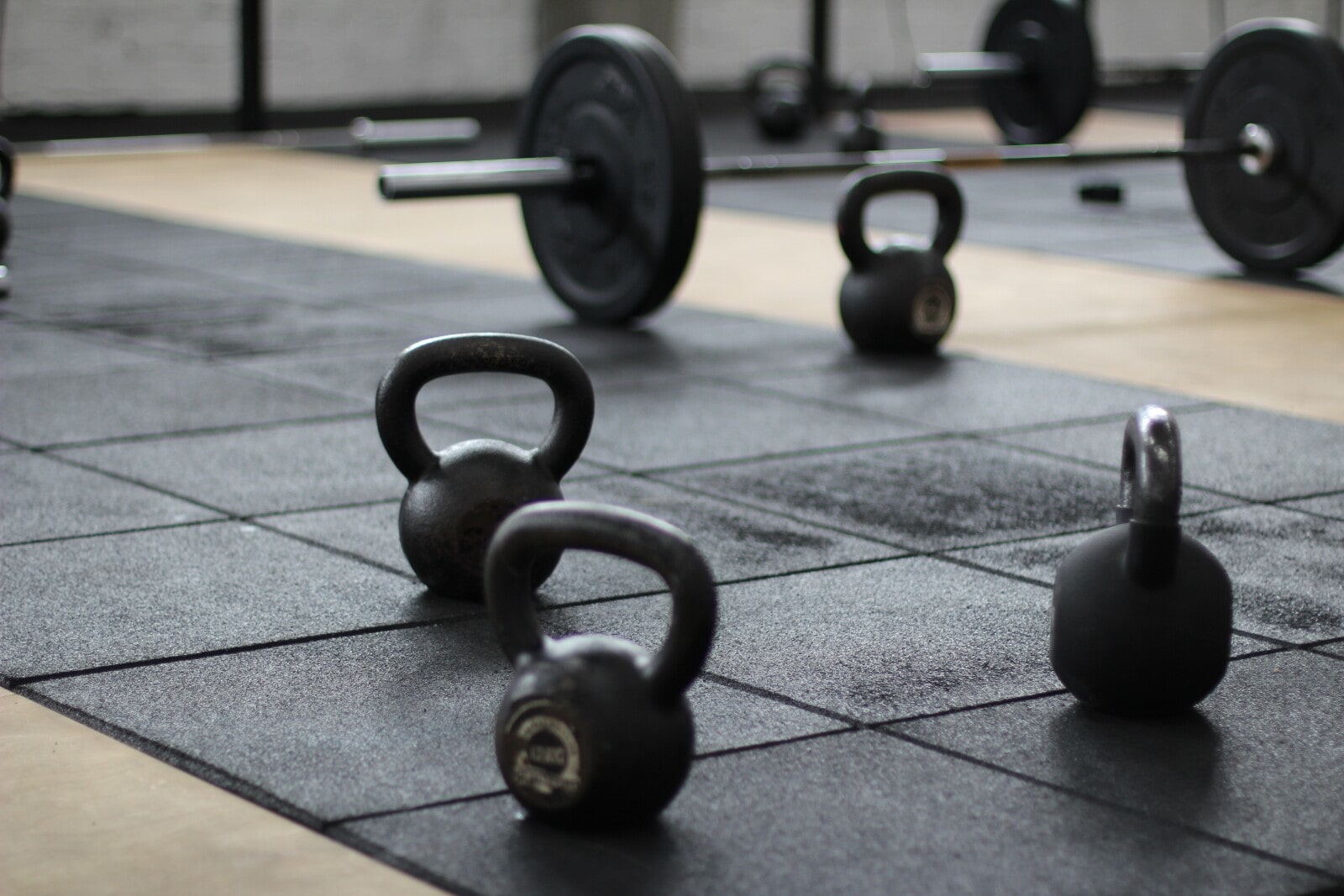fitness
Can You Use Creatine For Cutting? A Simple, Scientific Answer
On This Page

Creatine can help you build muscles, even when you’re in the cutting phase. Get bigger, faster, but be prepared to work even harder for it.
Benefits of Creatine for Cutting
Bulking and cutting are two phases of muscle building; bulking is known as the muscle building stage and cutting the stage where you shed body fat while maintaining muscle mass. Each comes with specific nutritional requirements: bulking focuses on high calorie, nutrient-dense foods, whereas cutting requires lower calorie nutrient-dense foods to stimulate fat loss and muscle maintenance.
Creatine is a vasodilator that forces more liquid and blood to the muscles which means that your muscles will look better because they are fuller. It also continues to build your muscles while you are losing body fat from traditional fat loss measures like caloric deficit and increased cardio. The most important benefit of taking creatine while cutting is that it helps you work harder and recover better.
Is Creatine Better for Bulking or Cutting?
There seems to be a lot of debate as to when and what is the best use of creatine. It’s always best to become completely informed about the supplements you are taking, clear about why you are taking them, and how to best meet your needs and goals. At that point, there will be no need for debate.
Creatine is used both for bulking and cutting, but it does not mean it is better at one than the other. If you intend to use creatine, the important thing is to be consistent. Creatine’s main function in the body is to keep the energy stores high, thereby maximizing the impact of short-term, high-intensity activities (like high intensity interval training). So, whether you are at the bulking or cutting phase of your muscle building plan, creatine can increase muscle strength allowing you to do more reps and sets during strength sessions. The higher the reps and the harder you work, the bigger the muscle mass increase is. The more lean muscle mass you have, the more calories you will burn and that can lead to fat loss, (with proper diet and exercise) which is a major goal of cutting.
Creatine's Impact on Strength
Adenosine Triphosphate (ATP) is the main source of energy for use and storage at the cellular level of all living things. It is the primary energy source in the human body for exercise. Creatine donates a phosphate group to help speed up the conversion of Adenosine diphosphate (ADP) and Adenosine monophosphate (AMP) into ATP. The increased bursts of energy enable the user to workout harder, lift more weight, and run faster, all of which lead to significantly increased strength and lean muscle mass in substantially less time than it would take if they were training without creatine.
This study demonstrates that creatine supplementation increases muscle availability of creatine to enhance acute exercise capacity and training adaptations. It also contends that creatine monohydrate is one of the few nutritional supplements for which research has consistently shown ergogenic benefits.
Another study found that creatine supplementation combined with complex training improved maximal muscular strength and reduced muscle damage caused by this training over a 4 week period.
This abstract reviews the results of a study that gave 19 untrained men creatine in a loading phase in comparison to a control group who received glucose over the same 4 week period, all while exercising 3x/week. The results emphasize the importance of strength training with creatine use to support a boost in strength and performance.
How to use creatine
There are a lot of people taking creatine who aren’t doing it the right way. It’s not that complicated unless you start asking every person in your gym how they take it. There are plenty of opinions out there, but thankfully, plenty of resources to give you the science and the research on the most effective ways to use creatine.
Essentially, there are 3 main ways to dose creatine: small, consistent daily doses, loading phase which starts with high doses and tapers down to lower maintenance doses, and some combination of before and after workout doses. The pre- or post-workout drink taken a few times a week probably isn’t going to get you the results you’re looking for if you’ve gone this far in your research. It takes time, consistency, and dedicated effort to get the most out of your creatine supplementation, and this sporadic method probably won’t cut it.
The small, consistent daily doses are simple and effective, and though you won’t get the rather quick, dramatic increase in size and strength that you would with loading, you will get the same results. It just takes longer. How and when to take your doses is really not as important as you being consistent with them. Once you reach the saturation point (the goal in terms of taking creatine), you must commit to the maintenance phase for as long as you want to reap the benefits.
The loading phase is probably the most popular way for people to take creatine. The goal is to fully saturate the muscle’s stores and then move to the maintenance phase where you take sufficient creatine to maintain your levels. The typical loading phase involves taking high doses of creatine 4-5 times per day for 5-7 days. After that, you would move to the maintenance phase. You might find some issues with bloating or gastric distress with this protocol, but it will go away. Or you could go to the small, consistent daily dose and get the same results with less challenges – and likely less glory from your gym friends.
This study explored the importance of creatine ingestion strategies on lean tissue mass and strength in older adults. They found that creatine supplementation during resistance training increased the measures of lean tissue mass and strength in the population being studied. It was also noted that different strategies of supplementation yield different results, but all increased strength and lean mass to a certain degree. Even limiting supplementing to training days significantly increased the measures of lean tissue mass and strength compared to the placebo group.
How Much Creatine Should You Take?
The easiest, most straightforward way to take your creatine is small, consistent daily doses of 3-5 grams per day. That’s it. Creatine is a flavorless powder that comes with a 5 ounce scoop, can be mixed with anything you drink, and can be taken every day. You will get the same results as someone who chooses loading with this dosing, but this is less complicated and free from the possibility of bloating and stomach distress that comes with loading.
If you’ve chosen loading, which is the most common way people begin to supplement with creatine, you will take high doses (5-7 grams) 4-5 times per day for 5-7 days. After the initial loading protocol, you enter the maintenance phase of 3-5 grams per day.
As for when to take creatine, there is no one right answer. Some experts say before and after workouts, some say first thing in the morning and at night, most agree that the consistency of taking it is at least as important as when.
If you do happen to miss a day or two once you’ve reached maintenance, just get back on track. Your elevated levels, which provide all the benefits, will be maintained for about 4-6 weeks so you won’t have to go through loading again.
Can You Take Creatine Every Day?
Though there are some different strategies of supplementing with creatine, the majority of people aim to get to the maintenance phase which is 3-5 grams per day, every day. So, yes, it is generally safe to take creatine, as recommended, every day.
Precautions
Creatine is a very thoroughly researched supplement that has been found to be safe for most people if taken as directed. There are possible side effects like nausea, bloating, or loose stools (especially during loading phase), though they tend not to last too long. Those with pre-existing kidney issues, as well as pregnant and breastfeeding people, should avoid creatine. As always, it is best to consult your physician or healthcare provider when adding supplements to your own protocol.



